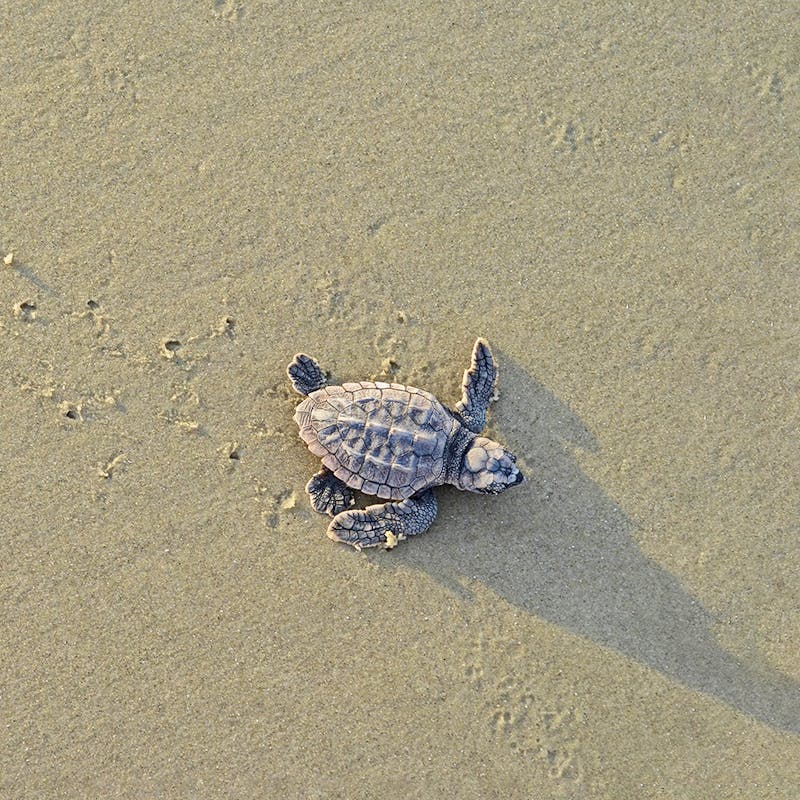The United States has a total coastline of around 95,471 miles, and 23 states and all five major territories have coasts of their own.
The mainland U.S. has the Atlantic Ocean on the east, the Pacific Ocean on the west, the Arctic Ocean to the north of Alaska, and the Gulf of Mexico toward the southeast.
Coastal areas play a crucial role in supporting a diverse array of wildlife, including migratory birds, nesting sea turtles, kelp forest-loving sea otters, sea ice-dependent seals and polar bears, anadromous fish like salmon, Florida manatees and many other species.
Intertidal zones are areas of the shore that are above the water at low tide and below at high tide, like some estuaries and rocky tide pools. These areas support a rich diversity of species that interact within complex and resilient ecosystems.
In our field offices and in the national and international arenas, we fight every day to ensure the survival of iconic marine species. By protecting these charismatic species, we also protect their marine and coastal habitats, as these species cannot survive and thrive except as interconnected parts of healthy and vibrant ecosystems.
Our experts work with the Fish and Wildlife Service, the National Oceanic and Atmospheric Administration, the Army Corps of Engineers, as well as other federal, state, tribal and private entities to restore and protect fragile systems to provide marine and coastal species with the habitat they need for their continued survival in the face of climate change.
We also engage with local and coastal communities to increase awareness and understanding of wildlife coexistence tools and to oppose offshore drilling. Where necessary, we use our legal tools to encourage federal, state and local governments to comply with their obligations to protect marine wildlife species and their habitats.
Coasts and Intertidal Zones Blog Posts








